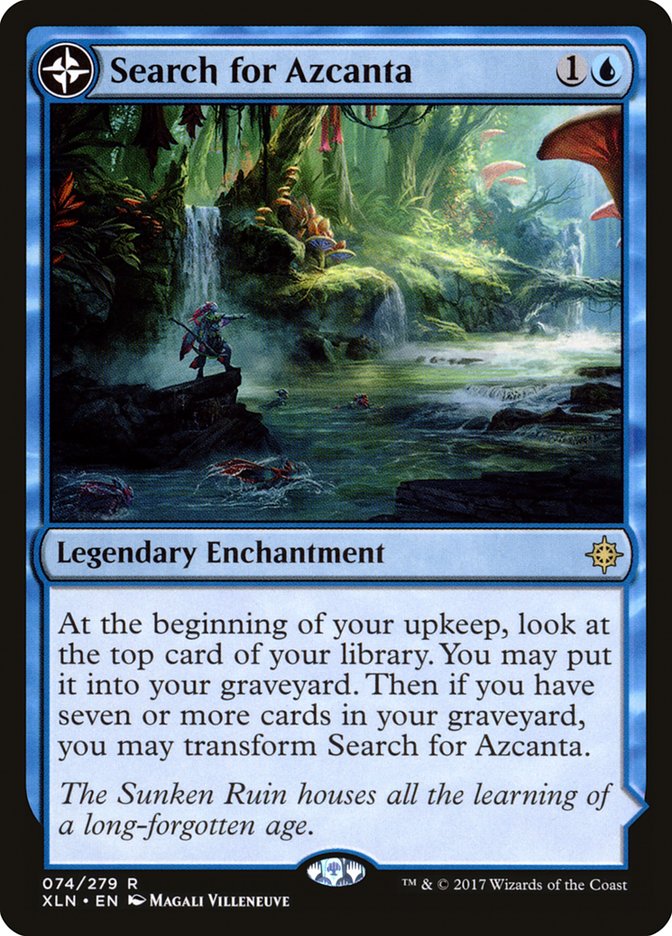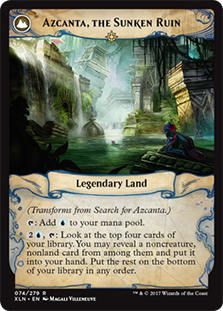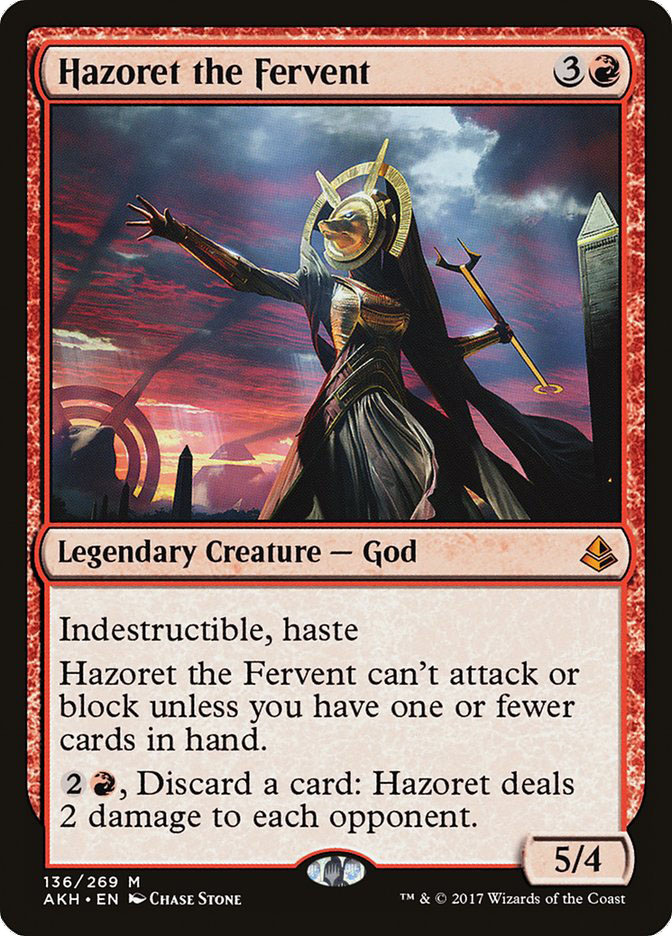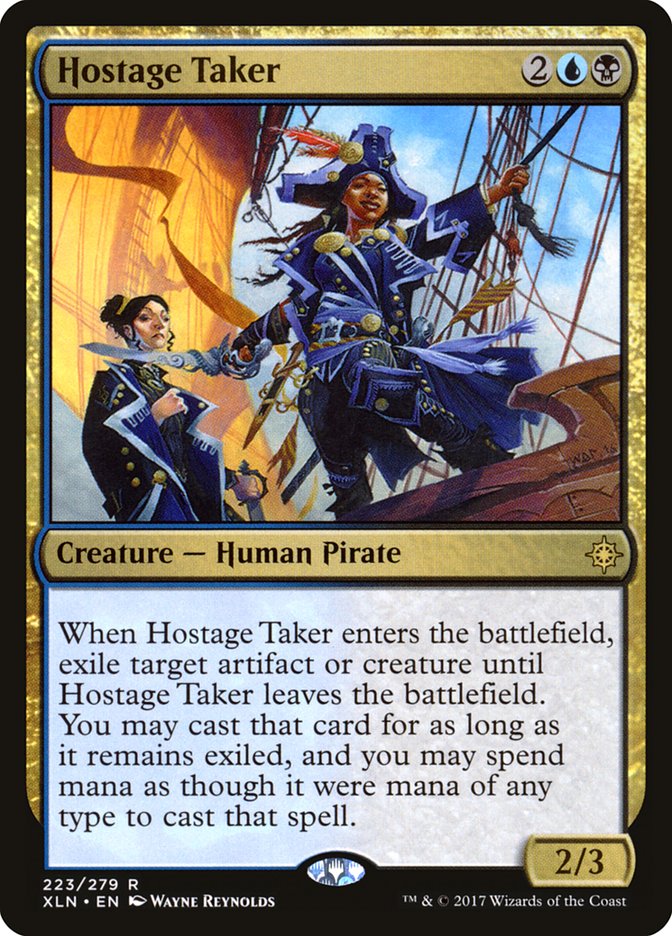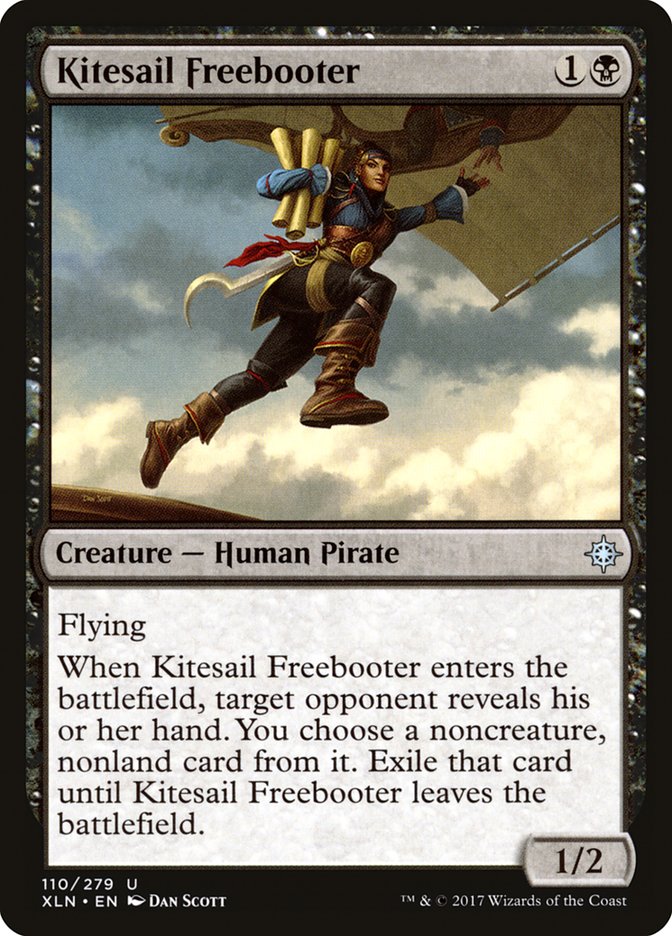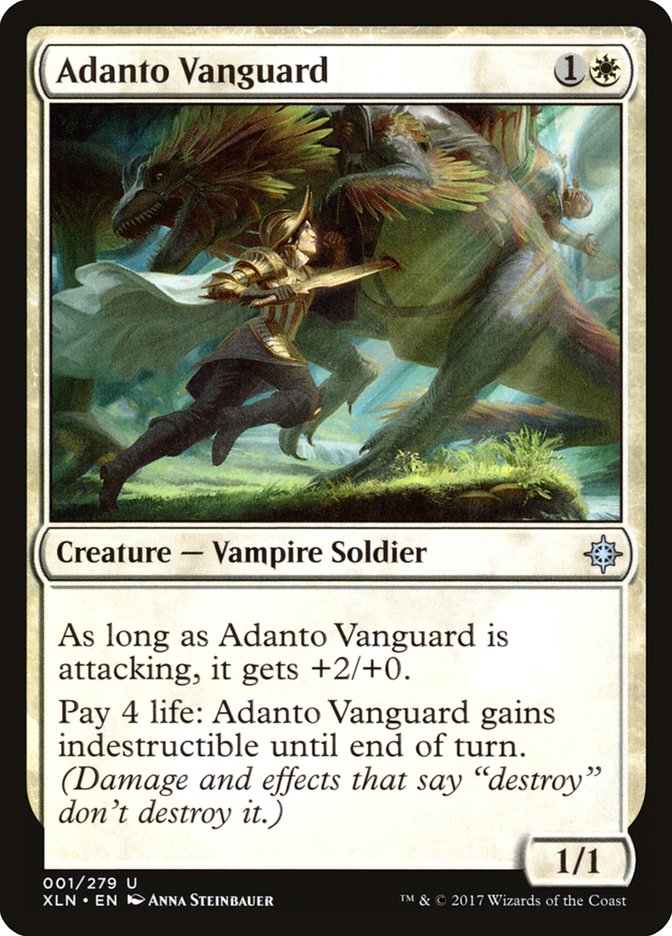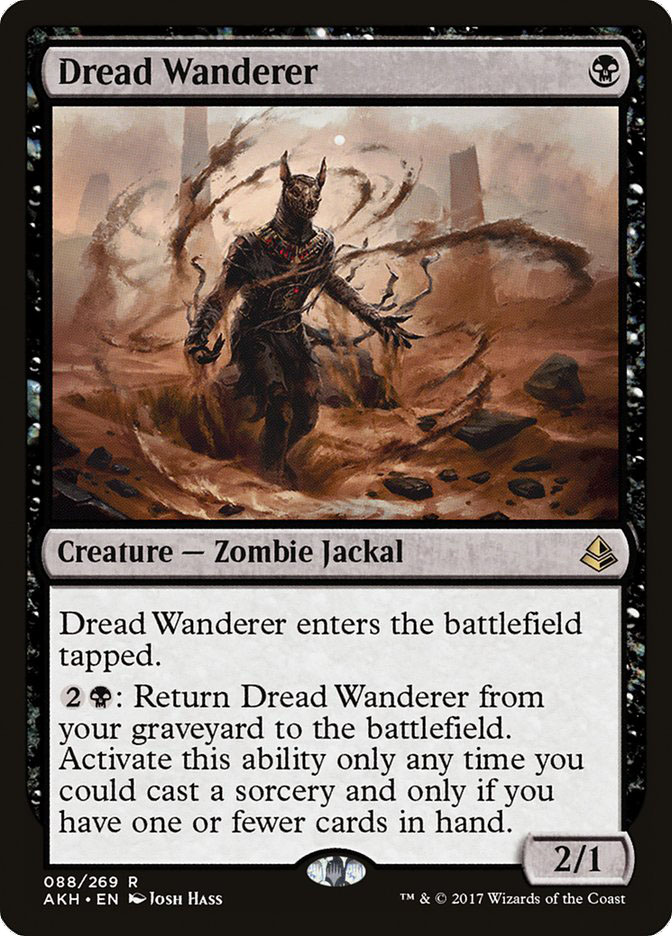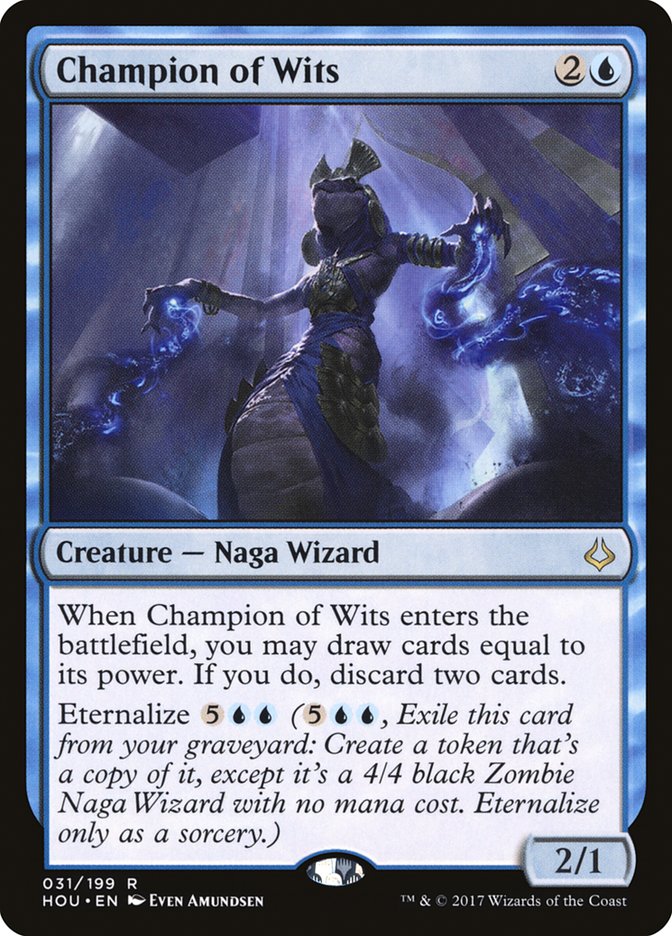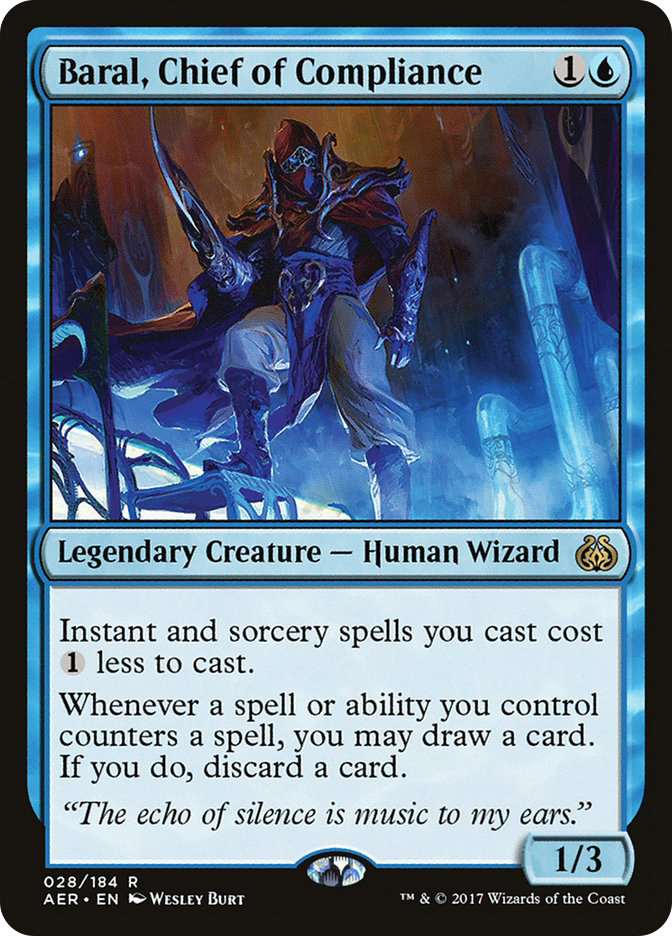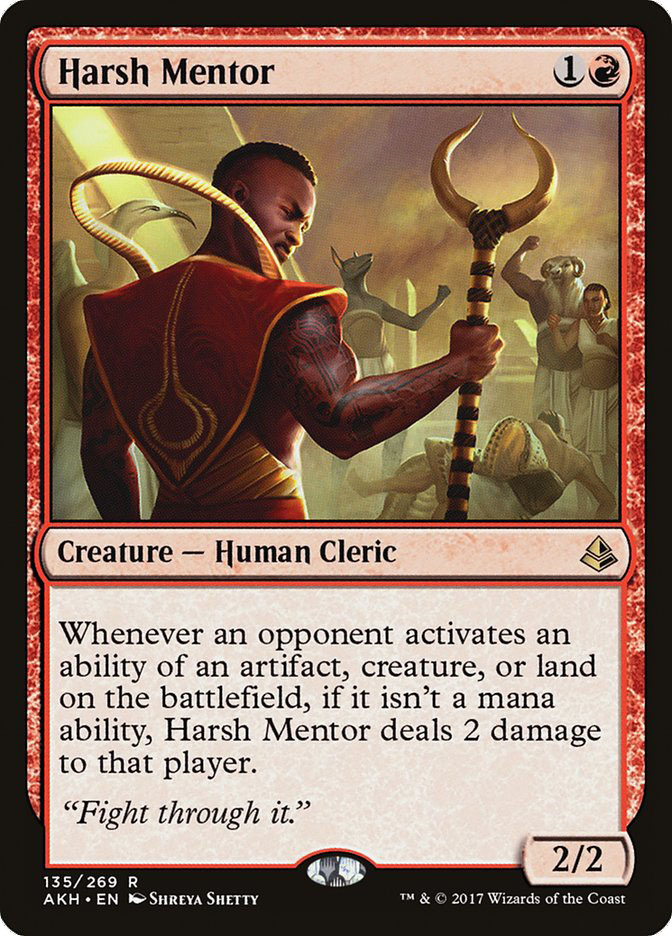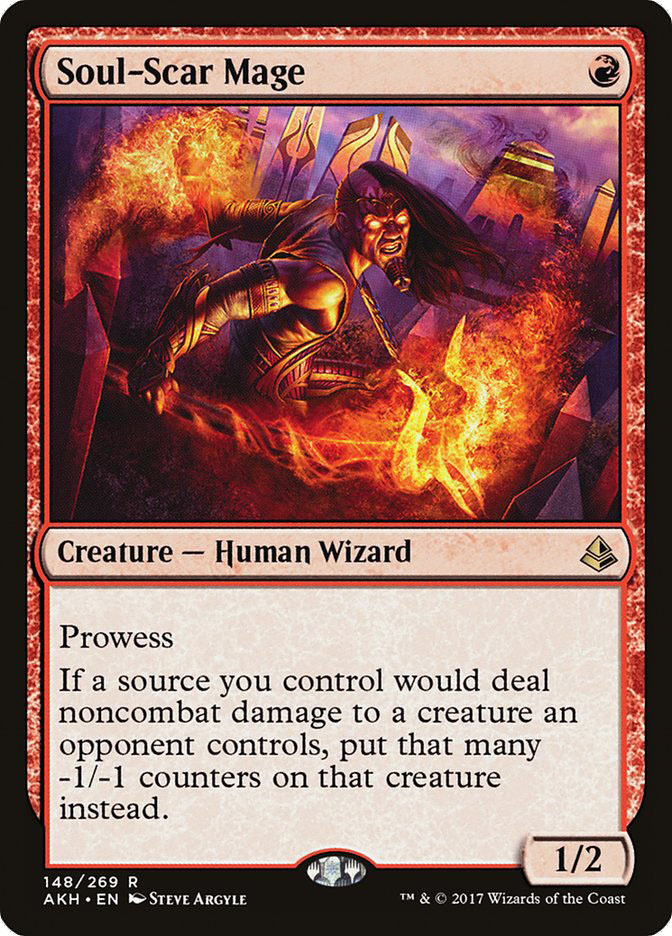For the last few years, the holidays have meant one thing for me: battling in Roanoke. I must admit, I was a little sad to not be seeing Star Wars: The Last Jedi with my fellow Players’ Championship competitors at the Valley View Theater in Roanoke, as had become a Players’ Championship tradition. Still, that’s the world we live in, and I had to settle for seeing it with John and Nicole instead.
With zero Ixalan drafts under my belt and happy for a break, I decided to skip Grand Prix New Jersey last weekend, despite it being less than two hours from my house, and as such my Magic year ended at the #SCGINVI a few weeks ago. In between preparing for the holidays and just enjoying time off from the road, I’ve been able to jam some Vintage Masters drafts on Magic Online as well as pursue my favorite relaxing Magic pastime – Cube!
I haven’t had much time or opportunity to Cube draft or work on my Cube much in the last few years, so any time I get to work on it is fun time. Let’s take a look at what 2017 had to offer our Cubes, with an overview of the best Cube cards released this year!
Search for Azcanta is one of my favorite cards to see print in a long time and is an even better fit into Cubes than competitive Constructed formats.
Cube design and card evaluation is different from how you would normally look at a Magic card, so it’s important to understand what differences matter. The simplest difference between a designed Cube Limited format and any Constructed format is the self-imposed card limit – you will never have more than one copy of a card in your deck, which means that diminishing returns almost never come in to play.
Pretty much any Constructed deck running Search for Azcanta is really going to want to draw and cast it on Turn 2 if possible, but the more copies you play, the more you risk drawing that second or third copy in the mid-game that doesn’t really do anything. As such, there is a natural limit to how many copies you’re ever going to want to play.
Cube doesn’t have that limitation. As such, legendary cards as well as cards that have serious diminishing returns are much more exciting in a Cube environment. Search for Azcanta is an extremely exciting card for any Cube deck that wants to be controlling, as well as an interesting tool for any non-creature deck to put together specific combination of cards.
Put simply, I’m in love.
Speaking of legendary permanents with diminishing returns, Hazoret the Fervent has been terrorizing Standard since her printing and fits the bill perfectly. Red has done very well recently as far as adding good creatures to the Cube, and Hazoret enters the Cube as perhaps the best aggressive curve-topper available.
I’ve worked very hard to make the red section of my Cube not as one-dimensional as it is in most Cubes, and because there’s a smaller density of aggressive red cards, it’s important that the ones that are present are very impactful. Hazoret is exactly that.
I still think we’ve only scratched the surface of Hazoret’s potential, and I expect her to eventually make her way into Modern if there’s a deck that gives her a home. The card is just too good to be relegated to only one Standard deck.
Speaking of cards that are extremely high on power level…
Fatal Push is one of the best removal spells ever printed, and you need to put it in your Cube. It carries extra value in my Cube because I’ve worked hard to keep the overall mana curve of the Cube low, but there’s really no excuse not to have Fatal Push in your Cube.
Let’s look at a card that is a bit more interesting.
An important factor to Cube design is “barrier to entry.” A card like Fatal Push is very easy to add to your Cube because it is so cheap and universal. While there’s a limit to the amount of cheap removal spells you are going to want in your Cube, the literal best one ever printed is a pretty easy sell. Things get more complicated when you get to the higher mana costs, weirder color combinations, and specific card types (namely planeswalkers). You can’t really have a dozen green six-mana creatures, ten U/B multicolored cards, or 45 planeswalkers in your Cube (unless you’re Magic Online; more on that disaster later) or things start to get very out of sync.
So when we hit a card like Hostage Taker, things get both interesting and exciting.
Hostage Taker is a very powerful and fun Magic card, but more importantly the Dimir section of my Cube has always been lacking:
Baleful Strix, Shadowmage Infiltrator, and Dimir Signet are all shoe-ins, with Tezzeret, Agent of Bolas being very powerful due to my heavy artifact theme. Otherwise, Lim-Dul’s Vault is a very bad Vampiric Tutor and Far // Away is just embarrassingly bad. For the most part, cards like Undermine and Recoil are cute but underpowered, and the section as a whole has always been lacking.
So not only do we get to add a sweet card to a weak color pair section, but Hostage Taker is also a card that fits best in an aggressive tempo deck; whenever you get to add a sweet card that helps out an archetype that needs the help, that’s a huge win for your Cube.
Speaking of great Pirate tempo cards, Kitesail Freebooter is awesome.
One of the great things about Cube is that it gives a home to awesome cards that don’t always have one. Sometimes a card is actually of a high power level, but a deck never takes shape in Standard that wants to make use of it. So far Kitesail Freebooter has seen almost no Standard play, but thankfully has seen the light in Modern as the card that allowed Humans to take the next step forward.
Kitesail Freebooter is a perfect Cube card. It’s an aggressive but disruptive tempo card in a color that lacks good two-drops. It helps to push an archetype that needs help (black aggro) and has some very interesting synergy with other cards in the Cube (imagine it wielding a Sword of Fire and Ice). Disruption is an important element for any aggressive deck in a powerful format like Cube and Kitesail Freebooter does the job well.
Speaking of underappreciated cards seeing new life in the Cube, Adanto Vanguard is an awesome aggressive two-drop. I waxed poetic about Adanto Vanguard a few weeks ago, so I won’t go into too much detail, but the simple fact is that if you want to be attacking there aren’t many white two-drops better than Adanto Vanguard.
There are fewer ways to synergize the life loss or Vampire creature type than in Ixalan Limited, but Cube always offers unique and interesting new synergies to be found. Adanto Vanguard plays great with Equipment as well as mass removal effects. While Adanto Vanguard is a little one-dimensional, it is very good at what it does and a welcome addition to any aggressive white deck.
Mix together what was said about Adanto Vanguard and Fatal Push and you get all you need to know about Dread Wanderer.
The bar for entry for one-drops is much lower than at other mana costs and Dread Wanderer is a great one-drop. Two power for one mana is the gold standard, and the recursion is just a cherry on top. Dread Wanderer is one of the best one-drops Black has to offer and should be in every Cube.
Enough of all these mindless aggro cards, let’s look at what promises to be a fantastic enabler for all sorts of graveyard decks: Champion of Wits.
Champion of Wits has already seen a good amount of play in Standard, which is unsurprising for a card that staples Careful Study to a body. As a straight-up value card, Champion of Wits is underwhelming, even with a very appealing eternalize effect, but once you start throwing graveyard synergies into the mix, things get very exciting.
Champion of Wits is the kind of card that all sorts of graveyard decks are going to want in Cube, whether you’re discarding creatures to Reanimate, trying to get delirium for Grim Flayer, fueling delve, getting recursive creatures or Flashback cards in the graveyard, or just sifting through cards to find some sort of combo, Champion of Wits does it all. It also gives blue, which is a traditionally creature-light color in Cube, access to another good creature with acceptable stats.
Champion of Wits isn’t exceedingly flashy, but it’s the kind of enabler card that really makes a Cube hum. Not every card is going to be a bomb planeswalker or Siege Rhino; some cards need to exist to make your other cards better.
Speaking of making your other cards better, Baral, Chief of Compliance fits almost every criterion of Cube design we’ve discussed today.
Baral is a legendary creature with natural diminishing returns. In a deck like Modern U/R Gifts Storm where you absolutely want to cast it on Turn 2 every game, that isn’t that big of a deal, but it’s a big concern when played more fairly. Baral is also very powerful yet hasn’t found a home in Standard so far. This is mostly due to the extremely high density of removal each deck must play, which means that any control or spell-based deck that would want to play Baral is better off just not playing any creatures to blank their opponent’s removal spells.
Baral also is a fantastic enabler, helping to power out spell-based decks in general in addition to storm-based combo decks. Goblin Electromancer has been in and out of my Cube at times, but the much more friendly color requirements and bigger butt on Baral, Chief of Compliance make him a great addition. Anyone who’s ever cast a Turn 3 Fact or Fiction off of Sunscape Familiar or Nightscape Familiar should be well aware of how powerful Baral, Chief of Compliance can be, and he is a welcome addition to the Cube.
It can’t all be sunshine and roses, however, and just like we need cards like Champion of Wits and Baral, Chief of Compliance to help make our cards work together better, we also need cards like Harsh Mentor to help screw things up!
Harsh Mentor has seen a little play in Standard and Modern whose worth depends on the metagame. Harsh Mentor began seeing play in Ramunap Red as a response to the popularity of Temur Energy, helping Ramunap Red deal with problem cards like Longtusk Cub and Whirler Virtuoso. Put simply, you usually want a metagame-based reason to add Harsh Mentor to your deck, as it needs to be more than a Grizzly Bear.
While there may only be about 30 or 40 unique cards seeing serious Standard play at any given time, the Cube environment is much different. With over 400 unique cards, many of them artifacts, creatures, or lands, Harsh Mentor will have a lot of interesting interactions that vary wildly from game to game. Maybe it is shutting down a Sensei’s Divining Top, or making your opponent’s Bloodstained Mire a little more painful, or making that Umezawa’s Jitte look a little less appealing.
There are a ton of different possible threatening cards in a Cube environment, which makes a very flexible card like Harsh Mentor an exciting addition. The more crazy stuff your opponent is going to want to do, the better a card like Harsh Mentor often going to get, and that level of disruption is a welcome element to any aggressive deck.
If you’ve noticed a strong theme so far in today’s cards, it’s that the mana costs are all quite low. The average converted mana cost of every card we’ve talked about so far is 2.3, which is no accident. Mana curve is one of the most important aspects of Cube design, and perhaps the most often ignored. I’ll say it again, in case you didn’t get the picture:
Mana curve is one of the most important aspects of Cube design, and perhaps the most often ignored.
This is why the common fail state of Cubes is only being able to produce a bunch of midrange snore-fest decks packed with five or six planeswalkers each and slugging it out with haymakers. Unless of course you want to be the “fun police” and play Mono-Red, which simply requires taking the best red card out of every pack because they’re the only ones that are both low-curve and all do the same thing.
This is the biggest problem with the Magic Online Cube, and one I’m astounded they still haven’t solved after so many years of running it.
This is also what makes cards like Walking Ballista astoundingly good Cube cards.
You need to have you big payoff cards in your Cube. If you’re going to draft a ramp deck or a big control deck, you are going to want to have some big finishers. Everything can’t be a two-drop; otherwise you have the opposite problem of the Magic Online Cube. As such, scalable cards like Walking Ballista are everything a Cube could ever want.
Walking Ballista is powerful enough on face value to see play straight-up. It’s also fantastic in mana ramp decks, as well as a nice tool for artifact decks looking for another good artifact. It even serves as a combo win condition for decks able to make very large (or arbitrarily large) amounts of mana. That sort of flexibility, both in gameplay and deck design, is awesome. Walking Ballista should be in every Cube.
Our last card is perhaps one of my personal favorites.
One-drops are perhaps the most important factor in any aggressive deck, a fact that is no different in Cube. However, there are only so many Goblin Guides to go around, and we can’t just keep adding Jackal Pups until we’re blue in the face. As such, there’s a huge premium on cool one-drops in Cube design.
Soul-Scar Mage sees play in Standard Ramunap Red, despite it not being a very good prowess deck, just because it wants one-drops that badly. However, as someone who has cast Monastery Swiftspear a bunch, I see much more potential for Soul-Scar Mage. Standard doesn’t really have the tools to make that happen, and in Modern and Legacy you can play four copies of Monastery Swiftspear.
Aside: I still think there’s a sweet Prowess deck in Modern that wants full sets of Monastery Swiftspear and Soul-Scar Mage, something I’ve worked on during my streams, but I haven’t gotten there yet. More on this in the future (I hope).
However, for Cube, Soul-Scar Mage can fill a lot of shoes. If your mono-red aggro deck needs another one drop, Soul-Scar Mage is certainly passable. It is also very playable in any sort of spell-based deck, something I’ve tried to support in my Cube. Prowess is a great Cube mechanic because it triggers the same off burn spells, card draw spells, planeswalkers, or artifacts, giving it a good amount of flexibility in deckbuilding. Last, the -1/-1 counter ability creates a lot of interesting and unique scenarios with various cards in the Cube, which can make for exciting and unexpected game play.
That’s a lot of Cube design value for a single card!
It’s been a pretty exciting time for Cube design, with the last few years introducing a metric ton of awesome Cube cards. It’s high time for me to take a long hard look at my Cube and make a major update, and I think the first thing I’m going to have to do is increase the size a little to help make room for all the new awesomeness. My Cube is intentionally kept at a modest size to keep the power level high, but with so many new tools being printed, I believe it can be maintained.
What is your top Cube card of the year? Don’t be shy in the comments about your own Cube design and opinions, and let me know if you’d like to see more Cube content in the future!


